In 2019, the Canadian government mandated that all open-net pen fish farms will be removed from British Columbia (B.C.) waters, transitioning to closed containment systems by 2025. With less than two years to fulfill their promise there are still dozens of open-net salmon farms operating in coastal B.C.. These farms represent highly concentrated sources of waste, disease, and parasites that threaten wild salmon and the many other species dependent on them.
Many species of wild salmon are in decline in British Columbia. Sockeye stocks have been in overall decline since at least the 1950s, while Chinook and coho stocks in particular have been in severe decline since 1990. As this issue continues to gather momentum, many are asking “what can we do to safeguard wild salmon?” The removal of open-net fish farms is a controllable action the federal government can take to protect dwindling salmon runs.

Why Pacific Wild opposes open-net pen fish farms, and why you should too:
- As a foundation species, salmon is a sacred resource critical to the integrity of socio-ecological systems across coastal British Columbia. Today, over 120 First Nations in B.C. have shown their support for land-based closed containment fish farms and the removal of open-net farms from B.C.’s oceans to protect wild salmon for generations to come. The B.C. Union of Indian Chiefs has voiced a zero tolerance policy for open-net fish farms since the 1990s. However some fish farms have forged ahead despite this. For example, until recently, fish farms in B.C.’s Musgamagw Dzawada’enuxw Nation territory were operating without free, prior, and informed consent of the nation, violating the UN Declaration of the Rights of Indigenous Peoples.
- Overcrowded ocean pens are a breeding ground for sea lice, which can be deadly to juvenile wild salmon migrating past the farms, impacting entire populations. Sea lice can also act as disease vectors, transmitting disease from farmed to wild salmon. There are over 30 peer-reviewed scientific papers from B.C. that link sea lice on wild juvenile salmon with salmon farms, and many more papers internationally.
- Farmed fish widely carry harmful viruses and diseases such as Tenacibaculum (mouth rot) and Piscine Reovirus (PRV), which may transmit from farms to wild salmon populations. A 2021 study from the University of British Columbia confirmed that farmed fish are indeed transferring PRV to wild salmon, and found that proximity to fish farms increases the likelihood of wild Chinook being infected.
- Fish farms use chemicals and dump waste into the ocean: These feed-lot style farms contain hundreds of thousands of fish. The sheer amount of feces, waste food, antibiotic and pesticide residue pollutes coastal ecosystems. The refuse smothers clam beds and infiltrates the surrounding food chain from the bottom up.
- Farmed fish can escape from net pens, as over 300,000 of them did in August 2017 in Puget Sound, prompting the State of Washington to put a hold on any new permits for net pen fish farms. Escaped Atlantic farm salmon compete with wild salmon for food and can spread disease. In B.C. Atlantic salmon have been found in multiple freshwater rivers including 100 miles up the Skeena River, over 250 miles from the nearest fish farm. Invasive Atlantic salmon may compete for food and spawning areas with native species. Over 25,000 salmon are suspected or confirmed to have escaped open-net farms since 2012.
- Other iconic species such as marine mammals and Pacific herring are frequently entangled or entrapped in fish farm gear, suffering wounds and even death. Throughout B.C. Pacific herring are incidentally caught in the thousands by salmon farms where they are often consumed as prey.

- Salmon are carnivorous. The main ingredients in salmon feed are fish meal, fish oil and plant proteins (such as soy). The fish meal and oil are primarily made from forage fish, like Pacific herring. Fishing down the food chain depletes forage fish populations all over the world. In B.C. forage fish populations have already declined as much as 99% in some areas.
- Canada is falling behind our neighbors in the effort to conserve wild salmon. B.C. stands alone on the Pacific Coast of North America in putting the economic interests of multinational corporations ahead of wild salmon stock conservation. Alaska and California have passed legislation banning commercial open-net farms entirely. The state waters of Washington and Oregon do not currently have any commercial open-net salmon farms in operation, leaving B.C. the only jurisdiction in the Pacific Northwest that does. The chain of protection for wild salmon recovery is only as strong as its weakest link, and the continued operation of fish farms in B.C. waters undermines this collective effort to save these transboundary species.
- According to Traditional Ecological Knowledge, open-net salmon farms displace herring, oolichan, and rock cod. Fish farms located near herring spawning grounds or the traditional habitat of oolichan and rock cod have caused these species to abandon their traditional areas.
- Last but not least, Canada’s Department of Fisheries and Oceans is in a conflict of interest position – their mandate is to protect wild salmon, and to promote salmon aquaculture. The province of B.C. has historically promoted net pen salmon farms despite growing evidence of the harm they cause to wild salmon. Many believe that governments have purposely prioritized the lucrative farmed salmon industry over B.C.’s wild salmon, because of the effort involved in protecting wild salmon runs from the headwaters of their spawning rivers to the open ocean. What all this means is that we can’t trust our governments or the industry to study the real impacts of net pen farms, or to make decisions in the best interest of wild salmon.


